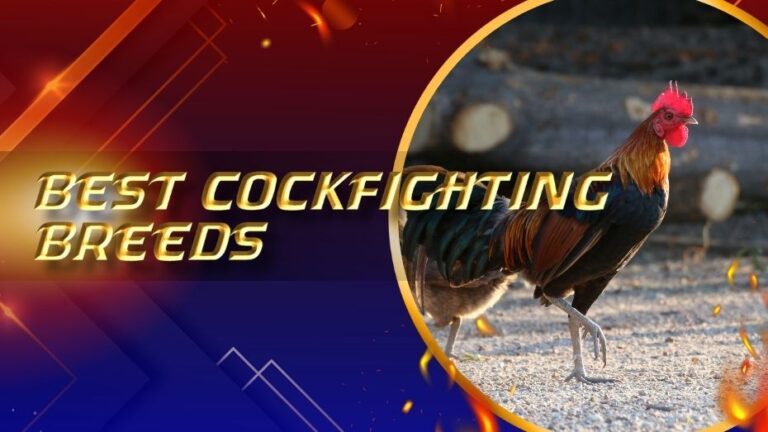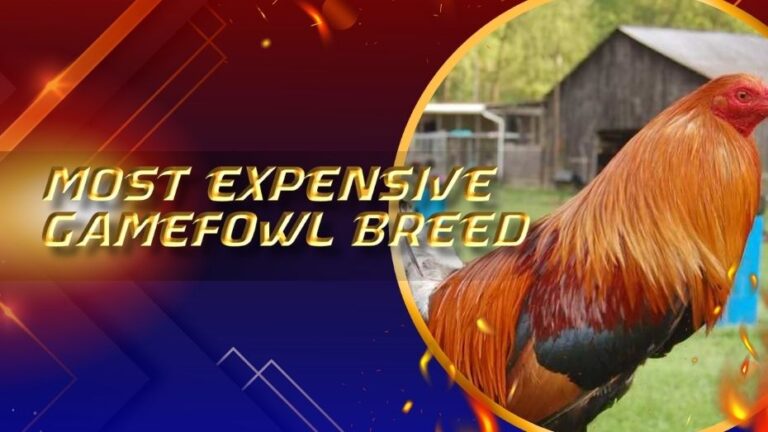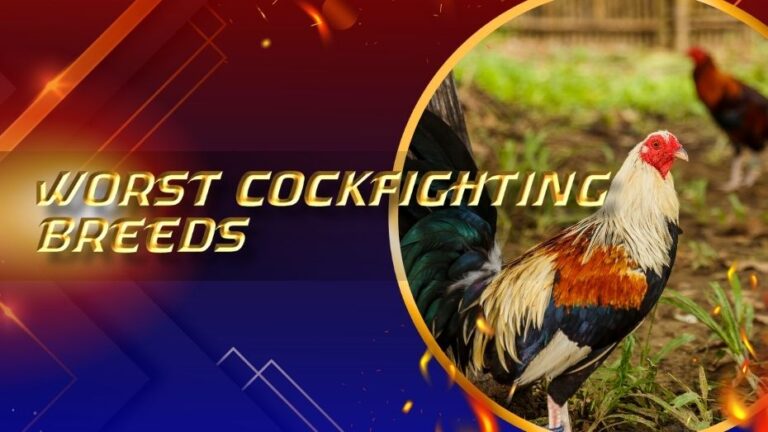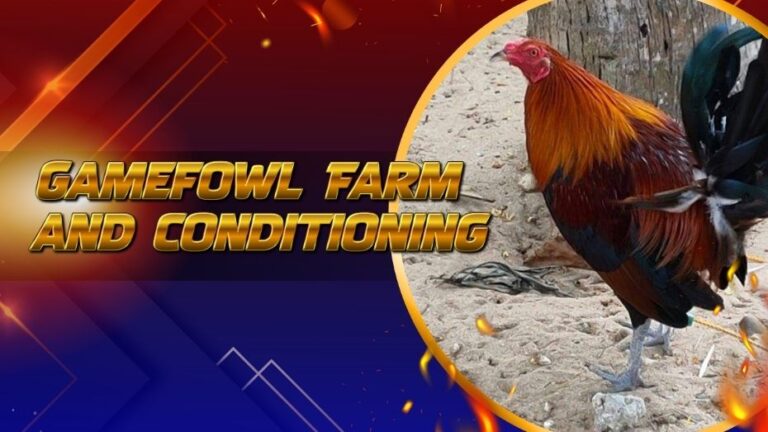Linebreeding, Outcrossing, Inbreeding and Crossbreeding

As a breeder, you have a couple of possible ways to set up for selective breeding. They all come with their advantages and trade-offs. How are the genes passed? What are the pitfalls? What’s the best way of mating birds? Read more about this online sabong blog.
Gene Pool and Breeding
All plants and animal species have unique genetic codes which define their traits. While members of a species may share much of their DNA with each other, a large portion of it is still variable. It is believed that this genetic diversity will help the species survive. This reduces the species’ sensitivity to changes in the environment and allows for a variety of improved varieties.
It is true that many breeds of poultry are created today by modifying the genetic makeup in order to create a variety with desired characteristics. Selective breeding is the traditional method of genetic manipulation and has existed for thousands of years.
Genetic Diversity of Chickens
In general, the total gene pool of chickens and their genetic diversity is vast. There are many breeds that have all the other characteristics. Breeds are bred for the genetic characteristics that define their perfection. No one wants long legs for a Rosecomb or short legs for a Game fowl. We don’t want to breed any genetic diseases.
Many biotechnological advances have allowed for new forms of genetic manipulation in recent years. Our future is shaped by genetic engineering techniques such as molecular gene editing or cloning. All successful breeders of the past used the system of inbreeding or linebreeding. These methods will continue to be used for many years. Breeders are continuing to implement serious linebreeding programs to maintain desired characteristics and qualities, and to eliminate undesirable traits from a breed.
Chicken Genetics
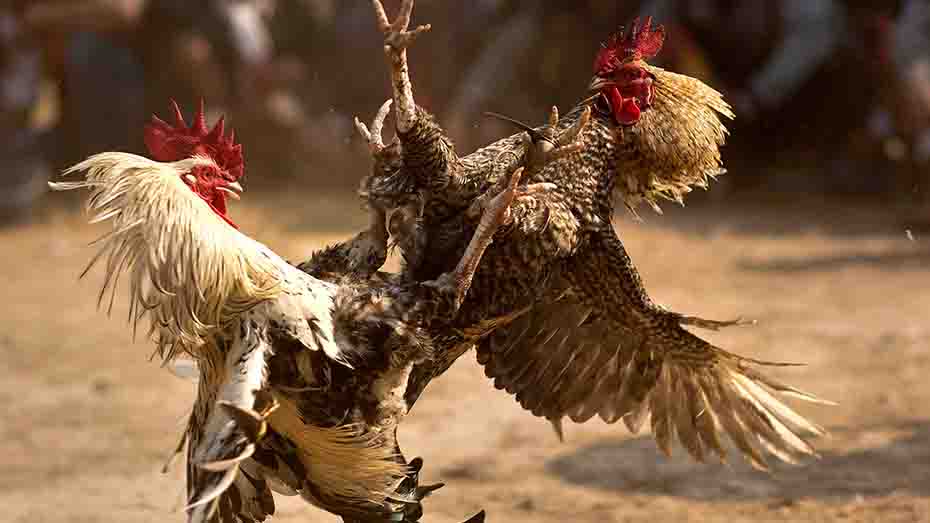
Let’s take a look at chicken genes before we get into the details.
Chromosomes are where chickens’ DNA, including their genetic code, is located. The chicken has 39 pairs of chromosomes. The homologous pairs of chromosomes are 38, while the sex-specific chromosomes are 1.
These chromosomes are the ones that contain the genes that define the characteristics of the chicken. The chromosomes are arranged in pairs so that each chicken’s features are defined twice. The allele is the expression of a particular gene on a specific chromosome.
Homozygotes are chickens that have two identical alleles for a gene. When a bird with blue legs carries two copies of the gene for blue legs, it is called a homozygote.
Heterozygosity is the opposite. When a chicken possesses different alleles that correspond to different chromosomal locations, it’s known as heterozygous. When a blue-legged bird has both genes for green and blue legs, it is called heterozygous.
A strain of poultry is a variety of a particular breed of chicken that has been obtained through successful inbreedings.
Breeding Strategies
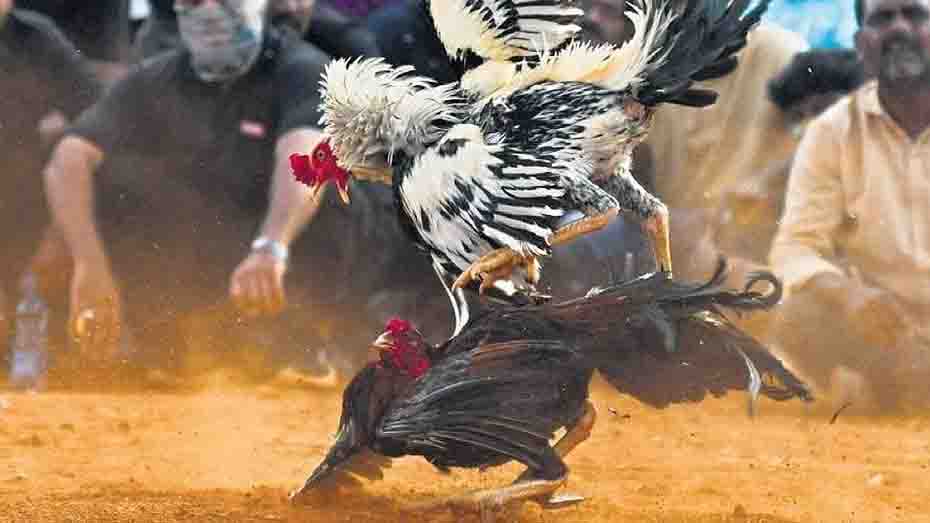
Selective breeding is one of the possible strategies for chicken breeders.
Outcrossing- breeding chickens who are not related to each other. Outcrossing, or outbreeding, is the mating between animals who are members of the the same variety or breed but do not have any family ties. Outcrossing and crossbreeding are also terms used to describe mating different varieties of chickens. We won’t go into detail about that. Outcrossing is sometimes used to describe crossing a chicken from a distant branch of the family. This is a way to introduce new blood without causing too much retrogression.
Linebreeding is the breeding of chickens that are closely related to produce a single, exceptional animal. This method of breeding keeps offspring close to the ancestor who started the iterations. Inbreeding is a part of linebreeding. It can be done by mating sire and daughter, son and mother, or brother and sister. There are multiple pens that are constantly re-used and a lot is done to cull. Technically, linebreeding refers to the strategic application of inbreeding.
Close Breeding is the practice of breeding chickens more closely related to each other than average chickens. Inbreeding is the mating of a sire with a daughter, mate s son with a mother and full brother or sister to mate. When crossing cousins, aunts or uncles with grandparents, the terminology can get a little fuzzy. Some call it linebreeding, while others refer to it as inbreeding. It’s not one perfect definition. Instead, it’s a continuum of degrees of family relations of the same breed of chicken.
A not-so-close-inbreeding is anything from grandfather to granddaughter to grandson to grandparent, uncle to niece to aunt, cousin to cousin or half-brother half-sister. Very close inbreeding is the opposite. It includes breeding sons back to mothers for successive generations or sisters to brothers.
Outcrossing
Outcrossing involves breeding chickens of different origins, which reduces the risk of undesirable traits occurring due to inbreeding. The heterozygous trait also decreases the likelihood of a desirable trait. Unrelated chickens are more likely to be heterozygous, with gene pairs that do not match (e.g. green and blue legs). Outcrossing produces gene diversity. While an outcrossed chicken may be a high-performing bird, it’s less desirable for breeding stock. Outcrossing is best done with pure strains of chickens that are strongly linebred.
Outcrossing can sometimes produce a bird with desirable characteristics almost by accident. Due to their heterozygous characteristics, it is unlikely that they will breed true.
Outcross timing
It may be necessary to outcross after many generations of inbreeding to reduce the number of blood-related relationships. It’s impossible to say when it is the right time to begin an outcross. The longer a linebreeding process continues, the greater the chance of defects.
Every outcross poses a risk, especially when it is done with a strain that has no relation to the original. After each outcross, birds should be returned to the original strain.
The following conditions must be met for an outcross to be successful:
Linebreeding
The principle of line breeding is: “breed to like in order to get like”. Breeders can create chicken types in a short time by using the same birds over and over again.
There is a risk in going all-in with linebreeding.
Imagine you’re trying to breed the best egg layer in your town. You can get more eggs by selecting the best egg layers from the flock. If these chickens have a bad temper, they will breed like-to-like, which results in a line of chickens with poor dispositions.
Inbreeding
Inbreeding occurs when chickens are closely related, such as brother and sister or mother and daughter.
Inbreeding has many advantages.
In essence, linebreeding involves multiple iterations in inbreeding. It is a fast way to produce superior chickens. This is especially true if the birds do not have any disease susceptibility. Inbreeding and linebreeding are the only ways to create homogenous offspring that consolidate the best characteristics.
Crossbreeding
Crossbreeding occurs when one breed is mated with another, for example an American Game and an Aseel. Crossbreeding is a term that can be used in the American Games world to describe the mating of strains not related, like a Hatch with a Sweater or a Hatch by one breeder with a Hatch by another. You are crossbreeding any time you introduce new blood.
Crossbreeding can be done for many reasons, including:
Inbreeding Pitfalls
Linebreeding can be a trap if you focus on characteristics and ignore the physical, functional or behavioral traits of the birds. Beginner breeders are often only interested in the appearance of the birds. Inbreeding close should be analyzed for its faults. Serious breeders examine all the good and bad properties that the pedigrees represent. In addition to the appearance, it is important that your dog has a healthy temperament and vital health.
Some other common mistakes include:
Mating Strategies | Inbreeding and Crossbreeding
Breeders have a few options when it comes to mating chickens. Breeders must choose the right mating strategy to achieve the desired results.
Assortative Maternity: Mating like-to-like based on similarity, without necessarily considering the family line. The goal is to produce a bird similar to its parents.
Assortative Negative Mating is mating chickens with different phenotypes and characteristics. The goal is to produce offspring who are not as extreme or as extreme as their parents
Blood Percentage and Relatedness
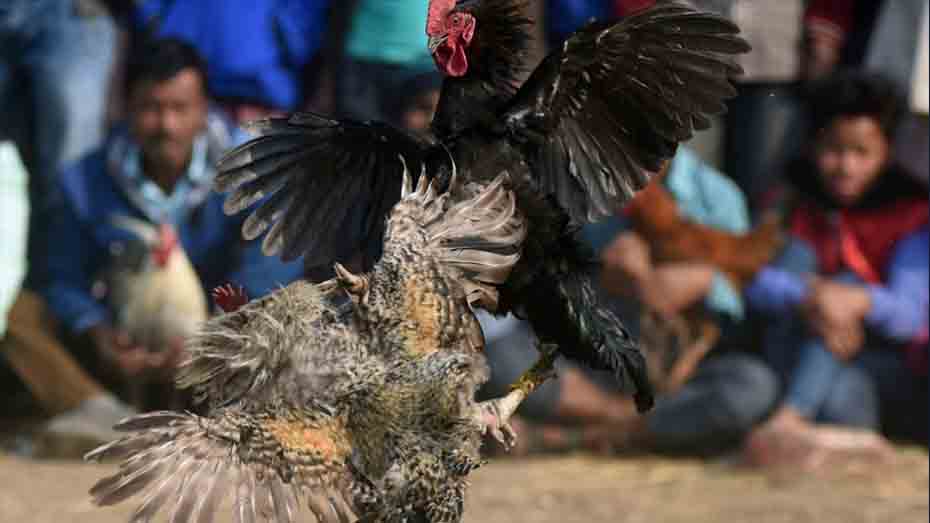
A chick gets half its genes directly from its mother and the other half from its father. This is why the offspring look like their parents. The inbreeding or relatedness coefficient from parents to chicks is 50%.
Full siblings usually share 50% of their genes. However, this is not always the case. When the parent has heterozygous alleles, there are four possible outcomes for the offspring. The siblings may share no genes, all genes, or 50% of their genes. It is impossible to predict how many genes siblings will share.
Extrapolating this to distant relatives, you find that half-siblings share on average 25% of their genes with first cousins and about 12.5%. The relatedness of each generation is halved.
The farther you go, the less likely it is that specific genes will be passed down. Inbreeding increases the chance of specific genes being passed on if the chicken is used repeatedly.
Compare Inbreeding Examples
It’s all been pretty theoretic so far. Let’s look at an actual example to better understand the dangers of inbreeding.
First, let’s look at a mating situation that begins with two hens and roosters who are not related. The pullets are bred to the father every time they have a daughter.
The following inbreeding rates gradually increase to 50 percent:
| The Generation of the Right to Generate | Inbreeding Coefficient |
|---|---|
| 1st daughter | 0% |
| Second daughter | 25% |
| Third daughter | 37,5% |
| 4th daughter | 43.7% |
| 5th daughter | 46.9% |
| 6th daughter | 48.4% |
| 7th daughter | 49.2% |
| 8th daughter | 49,6% |
The second scenario begins with a pair of chickens that are not related. Every generation thereafter, the siblings and brothers are mated. Inbreeding rates are already 50% by the fourth generation.
| The Generation of the Right to Generate | Inbreeding Coefficient |
|---|---|
| 1st generation | 0% |
| Second generation | 25% |
| 3rd generation | 37.5% |
| 4th generation | 50.0% |
| 5th generation | 59.4% |
| 6th generation | 67.2% |
| 7th generation | 73.4% |
| 8th generation | 78.5% |
The first few matings are safe and the differences between matings of parents and offspring and those between brothers and sisters are minimal. After a few iterations the mating between brothers and sisters increases rapidly. It is better to breed parents with offspring than siblings.
FAQs
Conclusion
The world of chicken breeding offers a vast array of varieties and breeds, showcasing immense genetic diversity. Breeders are presented with numerous options to selectively breed birds with specific traits and characteristics. Online Sabong Philippines provides valuable resources and insights into navigating this expansive genetic landscape, empowering breeders to make informed decisions and create poultry breeds tailored to their desired specifications.
Linebreeding, a standard practice, uses chickens that are closely related to produce a single animal of exceptional quality. Inbreeding is used to select homogenous offspring and produce true breeders. Breeders will use outcrossing after a few iterations to reduce their risk of genetic abnormalities.
If done correctly, linebreeding does not have the negative connotations that many people think it has. You can select for vigor year after year by selecting the healthiest, most vigorous stock. Diversity can be achieved with as little as 1/8 of a different blood type. It’s important to always keep an eye out for the flock’s good characteristics and negative ones, whether you are using linebreeding.
Also, we discussed the best ways to mate for inbreeding. Close inbreeding is safer when done with offspring, rather than siblings.

